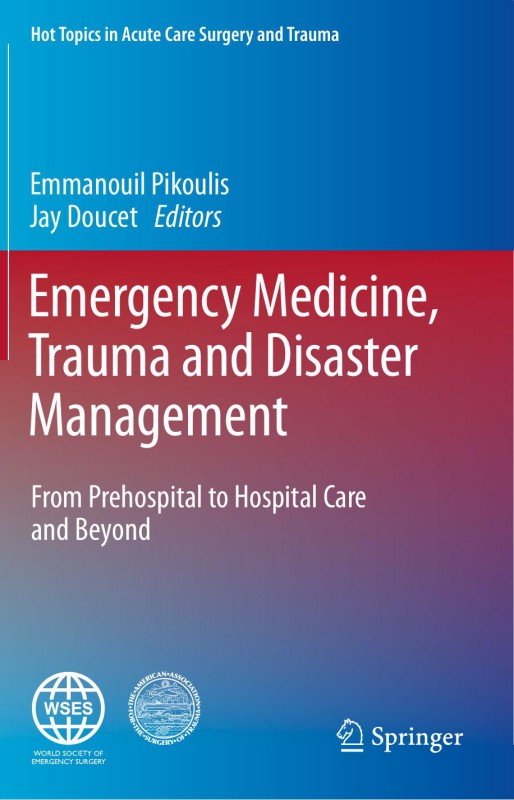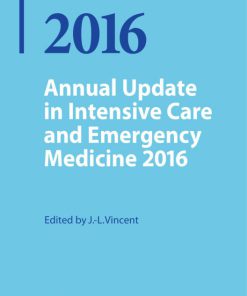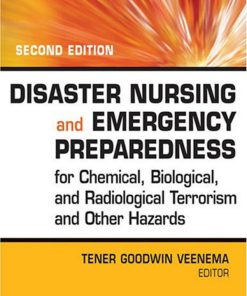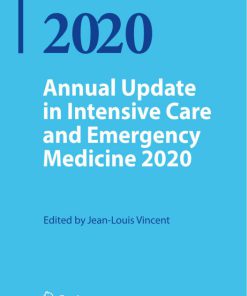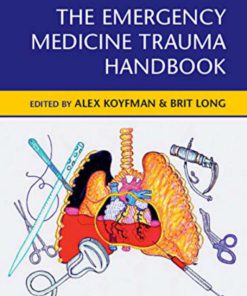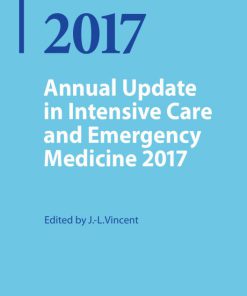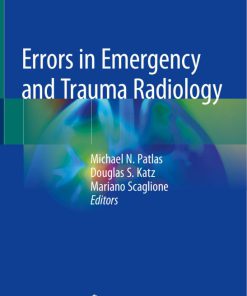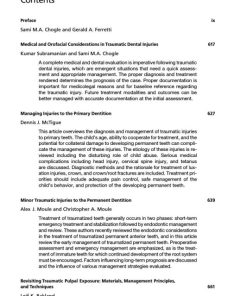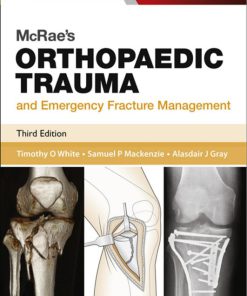Emergency Medicine Trauma and Disaster Management From Prehospital to Hospital Care and Beyond 1st edition by Emmanouil Pikoulis, Jay Doucet ISBN 3030341151 978-3030341152
$50.00 Original price was: $50.00.$25.00Current price is: $25.00.
Authors:Emmanouil Pikoulis, Jay Doucet , Series:Medicine [111] , Author sort:Emmanouil Pikoulis, Jay Doucet , Languages:Languages:eng , Published:Published:Jun 2021 , Publisher:Springer
Emergency Medicine, Trauma and Disaster Management From Prehospital to Hospital Care and Beyond 1st edition by Emmanouil Pikoulis, Jay Doucet – Ebook PDF Instant Download/Delivery. 3030341151 978-3030341152
Full download Emergency Medicine, Trauma and Disaster Management From Prehospital to Hospital Care and Beyond 1st edition after payment
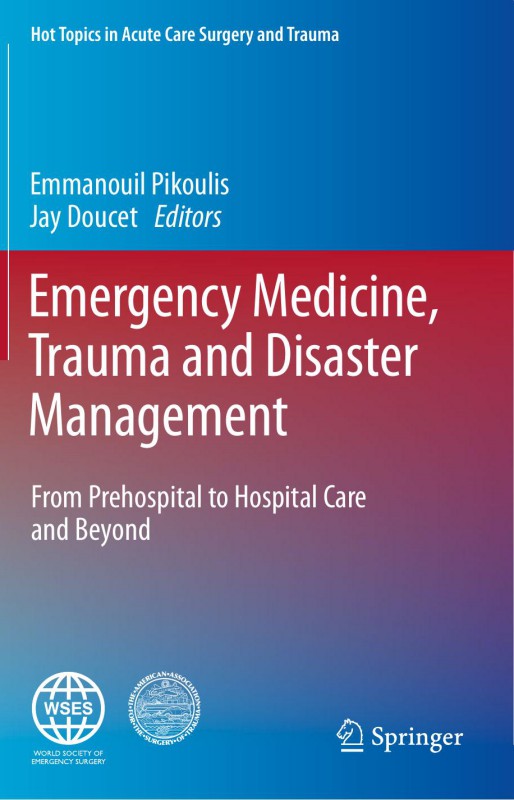
Product details:
ISBN 10: 3030341151
ISBN 13: 978-3030341152
Author: Emmanouil Pikoulis, Jay Doucet
The number of natural and man-made disasters has risen dramatically over the last decade. Natural disasters, industrial accidents and terrorist attacks represent major incidents, often involving multiple casualties. In such cases, health professionals face multiple challenges because the type of medical care required differs from what is taught and provided in their everyday hospital duties. The aim of this book is to inform and prepare healthcare professionals for the challenges posed by major incidents, so that they can act effectively in medical teams sent on humanitarian missions or into conflict zones. It offers a holistic and horizontal approach covering all stages of the disaster management cycle.
The book is divided into 5 sections: section 1: prehospital emergency services; section ii: hospital response; section iii: management of incidents; section iv: after the disaster; and section v: evaluation, ethical issues, education and research.
Healthcare providerswill find essential information on the special medical considerations in both prehospital and hospital disaster settings, medical management of disaster response, recovery, mitigation and preparedness. The book offers an interdisciplinary and interprofessional approach, and was written by prominent researchers and
Emergency Medicine, Trauma and Disaster Management From Prehospital to Hospital Care and Beyond 1st Table of contents:
Part I. Prehospital Emergency Services
1. Principles of Disaster Medicine
2. The Role of the First Responder
3. Prehospital Fluid Resuscitation, Pain Relief and Stabilization
4. Resuscitation in Limited Resources Environments
5. Anesthesia for Critically Injured in Limited Resources Environments
6. Media and Disaster Scene Management
7. Triage and Transport of Casualties in the First Response Phase
8. Medical Evacuation of Emergency Affected Persons
9. Ultrasound in Disasters and Austere Environments
Part II. Hospital Response
10. Basics of Hospital Response
11. The Art of Triage
12. Injuries and Scoring Systems
13. Wound Care Management, Non-penetrating Injuries, and Wounds Penetrating into Body Cavities
14. Head Injuries
15. Eye and Maxillofacial Injuries
16. Neck Injuries
17. Thoracic Trauma
18. Basics of Trauma Management Abdominal Trauma
19. Injuries to the Urinary Tract
20. Blunt Abdominal Trauma
21. Blast Injuries: Tips, Evaluation, and Management
22. Basics of Trauma Management: Crush Injuries
23. Missile and Fragment Injuries
24. Pelvic Injuries and Spinal Injuries
25. Burn Management
26. Endovascular Damage Control and Management of Vascular Injuries
27. Prevention and Treatment of Traumatic Brain Injury Due to Rapid-Onset Natural Disasters
28. Hemorrhage Control
29. Trauma Management in Children
30. Trauma Management in Pregnant Women
31. Blood Transfusion in Trauma
Part III. Management of Specific Incidents
32. The Acute Care Surgeon in Pandemics: Lessons from COVID-19
33. Natural Disasters: Medical Management
34. Natural Disasters: Mapping and Evaluating Incidents
35. CBRNE and Decontamination
36. Medical Care during Civil Unrest, Protests and Mass Demonstrations
37. Management of Combat Casualties
38. Incidents Caused by Terrorism
39. The Role of the Crowds in Managing Disasters: Toward a Bottom-Up Participatory Approach
Part IV. After the Disaster
40. Infectious Diseases Outbreaks Following Natural Disasters: Risk Assessment, Prevention, and Control
41. Basic Management of Dead Disaster Victims
42. Disaster-Induced Psychological Trauma: Supporting Survivors and Responders
43. Psychological Support in Times of Crisis and Natural Disasters
Part V. Evaluation, Ethical Issues, Education and Research
44. Errors of Disaster Health Management: Health Care System Errors, Prehospital and Hospital Emergency Medical Service
45. Current Ethical Dilemmas and Code of Conduct in Disasters
46. The Importance of Education and Training in Disaster Management: An Overview
47. The Value of Training: Debriefing
48. Medical Education: Modern Methods and Alternative Methods to Animal Procedures
49. Leadership and Management in Disasters–Command, Control, Coordination, Communica
People also search for Emergency Medicine, Trauma and Disaster Management From Prehospital to Hospital Care and Beyond 1st:
emergency medicine and trauma services policy
trauma emergency examples
types of emergency trauma
emergency medicine trauma guidelines
difference between emergency medicine and trauma surgery

